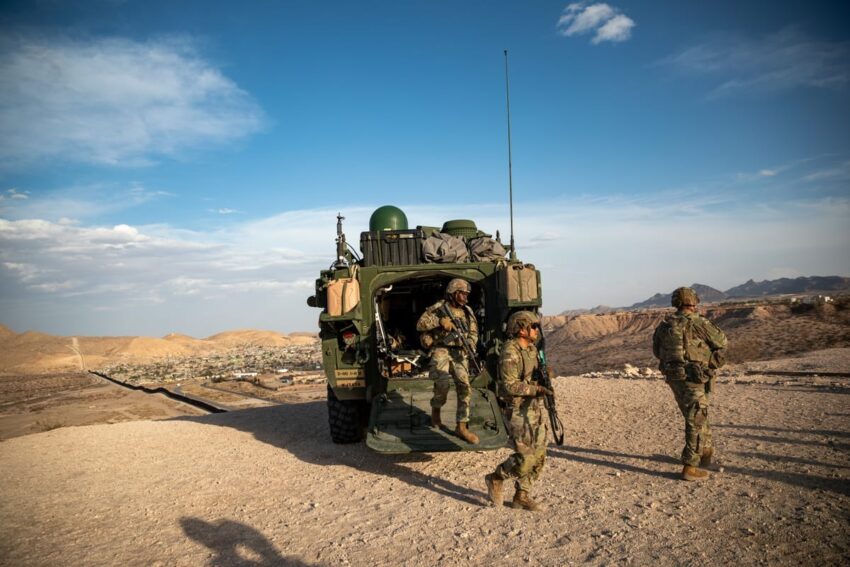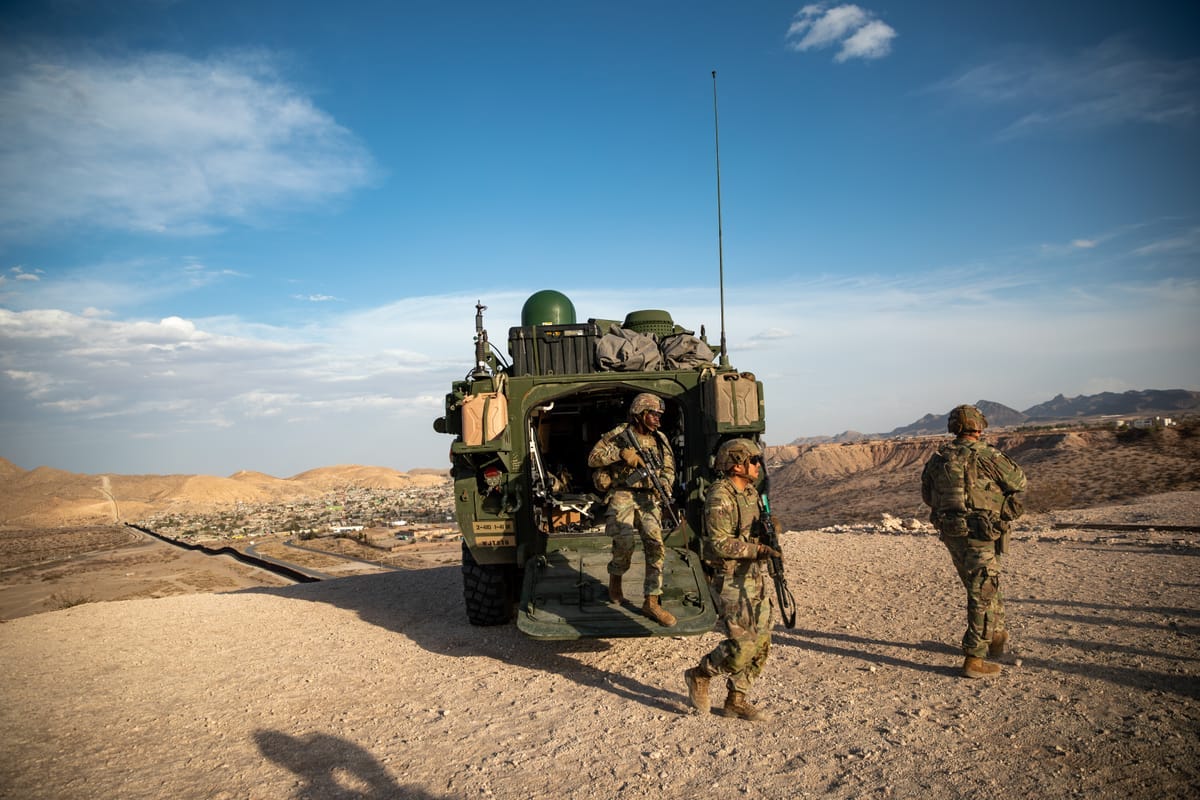
President Donald Trump on late Friday issued a new memorandum authorizing the U.S. military to take control of parts of a federal strip of land along the U.S.-Mexico border known as the Roosevelt Reservation, giving the Department of Defense new powers to operate directly on the international line.
The Roosevelt Reservation is a 60-foot-wide strip that runs along the southern edge of California, Arizona, and New Mexico. It does not cover the border in Texas, where most land is privately owned.
“They’re doing the Roosevelt Reservation crazy strategy,” Aaron Reichlin-Melnick tweeted shortly after Trump’s signature.
Reichlin-Melnick is a senior fellow at the American Immigration Council, a Washington-based nonpartisan nonprofit focused on immigration policy research and litigation.
“They’re giving the military ‘jurisdiction’ over a 60-foot-wide stretch of land from California to Arizona [to] claim that migrants are being arrested for ‘trespassing on military property’, thus trying to bypass the Posse Comitatus Act,” Reichlin-Melnick said.
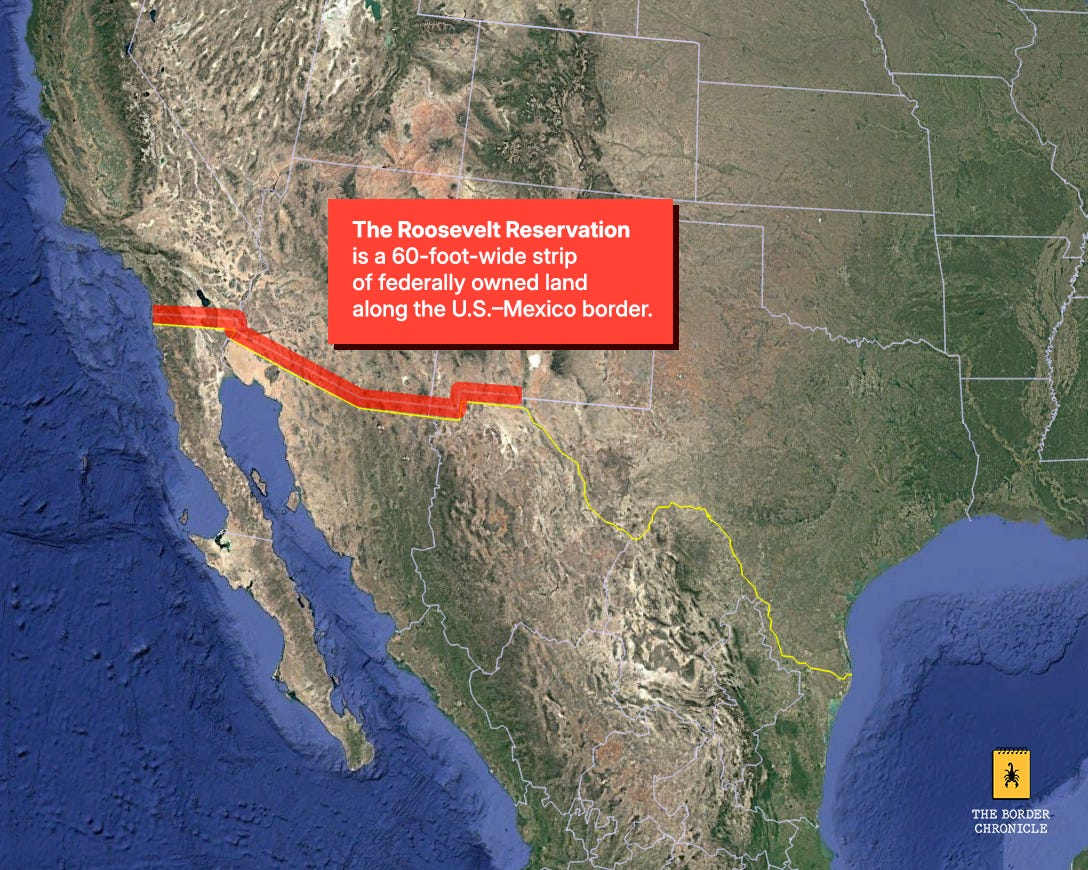
Under the Posse Comitatus Act of 1878, the U.S. military cannot directly enforce immigration laws or apprehend migrants at the border. Migrants are considered civilians, and federal law bars active-duty troops from carrying out most law enforcement activities on U.S. soil.
Friday’s order does not mention migrants or immigration directly. Instead, it echoes language from a January executive order that falsely characterizes people seeking asylum at the border as an “invasion.” Like that earlier order, the new directive frames the situation at the southern border as a threat to national security, assigning the military a central role in repelling what it calls an “invasion” and sealing the border.
Statistics released by Customs and Border Protection for the month of March this year show a 94% drop in migrant crossings on the Southwestern border compared to one year earlier, the lowest ever on record.
In January, Human Rights First criticized the Trump administration’s language in a public brief, saying that the executive order “wrongfully characterizes families with children and adults who arrive at the southern border to exercise their legal right to seek asylum under U.S. and international law.”
The brief also commented on the Trump administration’s expanded military authority on the border, saying that the “weaponization of constitutional wartime powers and their application to what is fundamentally a humanitarian situation subverts refugee protection globally and dangerously misuses the military against vulnerable people seeking safety.”
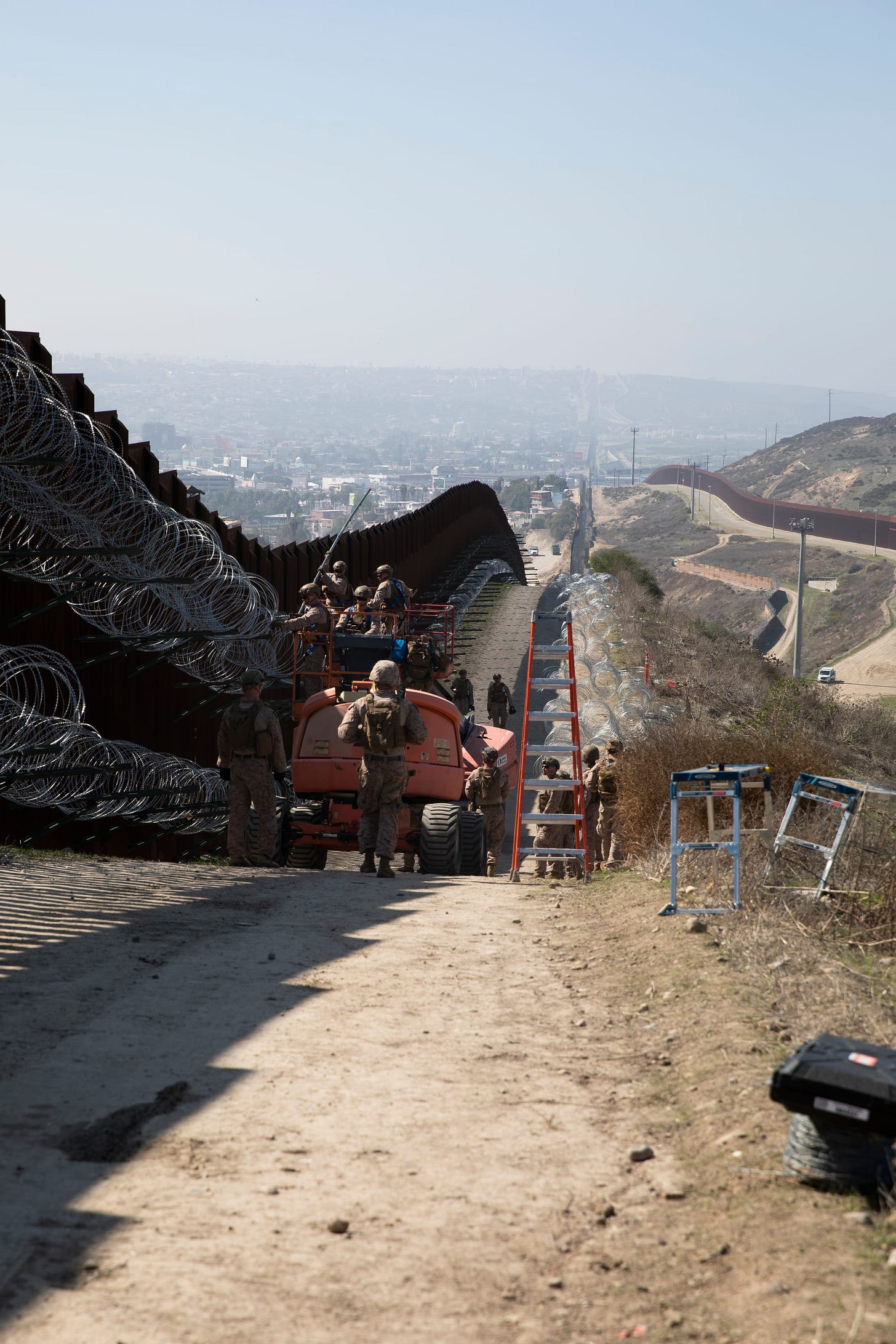
Friday’s executive order allows the Defense Department to take jurisdiction over parts of the Roosevelt Reservation to build border barriers, install surveillance systems, and declare military-controlled zones called National Defense Areas. It gives the Defense Department the power to manage these areas like military installations and keep out unauthorized people.
The directive does not yet create new troop deployments, and tribal nation lands are excluded.
The move by Trump marks a shift in federal involvement along the border, where states like Texas have already increased military presence through their own efforts.
Texas Gov. Greg Abbott’s Operation Lone Star (OLS) deployed state National Guard units and law enforcement to build barriers and arrest migrants on the state’s border with Mexico.
Trump’s new directive adds a federal layer west of OLS, giving the U.S. military operational authority over vast swathes of public land, which are home to endangered animal and plant species.
Russ McSpadden, southwest conservation advocate at the nonprofit Center for Biological Diversity said further militarization will be devastating for wildlife and the environment. “Militarizing wild lands under the guise of national security will sacrifice ecosystems and wildlife to a manufactured emergency, turning public lands into designated war zones instead of preserving them for future generations,” said McSpadden. “Trump’s order is part of a series of reckless actions that will do immense damage to some of the most beautiful wild places in the borderlands.”
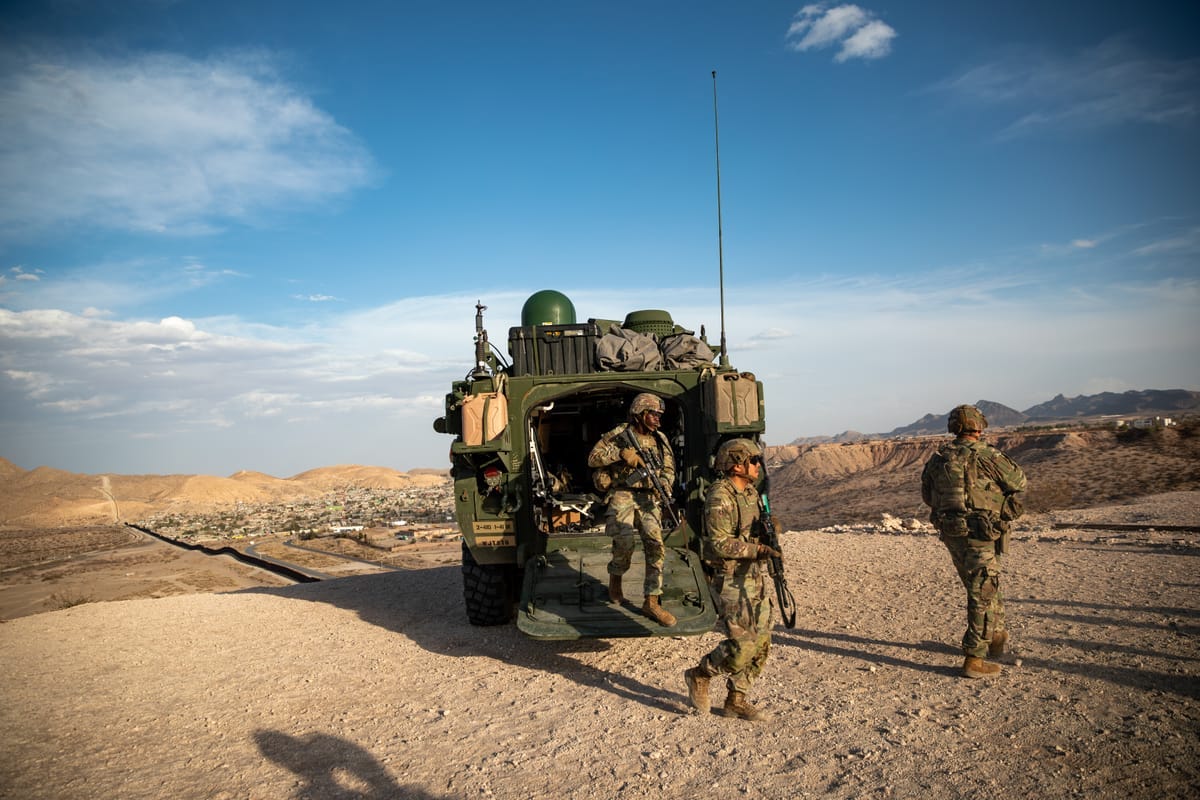 Read more: Read More
Read more: Read More




